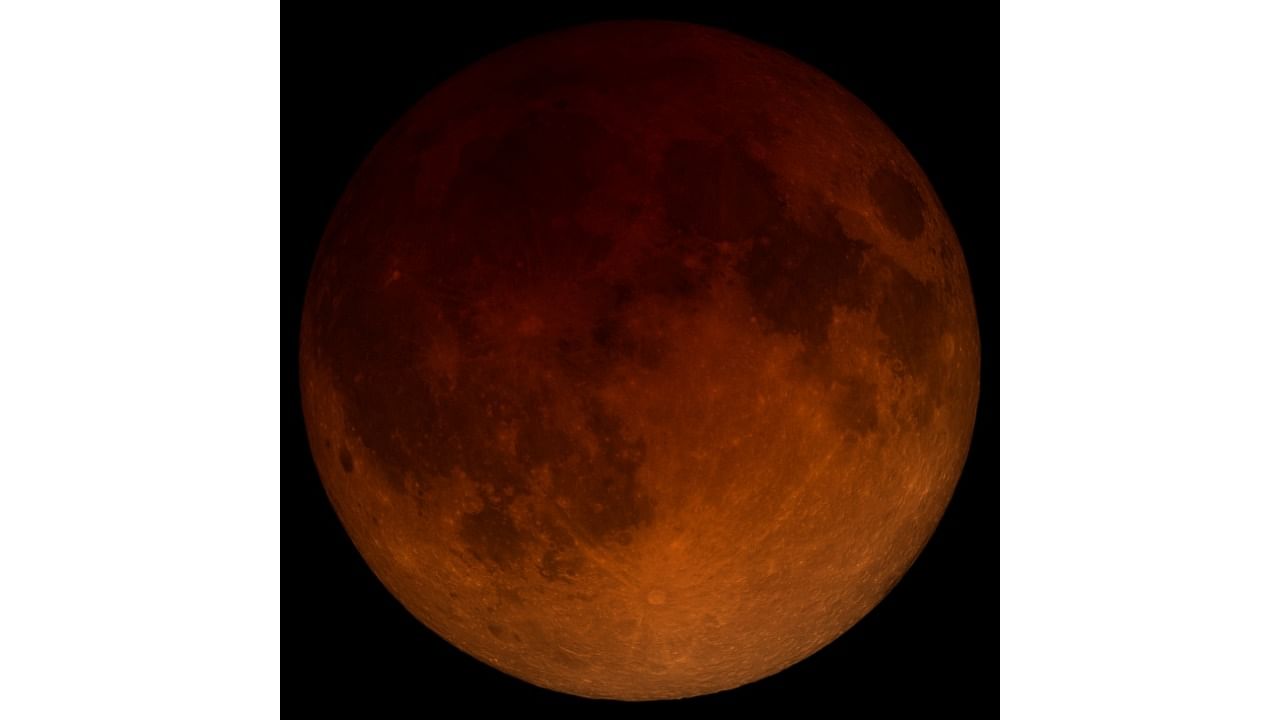Nasa’s Artemis program has ambitious plans to build an orbiting, permanent station around the moon by 2024. The outpost called the Lunar Gateway will be an assembly point, communication hub, a launch pad for moon rovers, a docking port for probes from the earth, and a home for lunar astronauts. To optimise the performance and utility of this deep-space station, Nasa will put the Gateway in a never-before-tried orbit around the moon. Eventually, the Gateway will be a hopping board to Mars.
The challenges are aplenty for this futuristic venture. Ground-based tests have verified the viability of the project. However, testing them in actual space conditions is invaluable. So, ahead of launching Gateway, Nasa will be sending a proxy, 25-kilo CubeSat called CAPSTONE, to the moon. Short for Cislunar Autonomous Positioning System Technology Operations and Navigation Experiment, CAPSTONE will run all the necessary manoeuvers that Gateway will undertake and evaluate the performance and integrity required for the safe operation of Gateway. CAPSTONE’s tentative launch dates are June 6 or 22, 2022.
CAPSTONE has multiple agendas: to check the autonomous navigation capabilities of a new type of trajectory; to demonstrate the efficacy of solar power for maintaining the course and correcting it as required in this orbit; to establish effective to and fro communication with another orbiter in space and relay necessary information to earth, and to check the feasibility of directly ascertaining a satellite’s coordinates in space.
When humans first went to the moon five decades ago, they made round trips using a translunar trajectory (a figure 8-like path) that took gravity assistance from the earth and moon. However, as the proposed moon station would hover around the moon, complex astrophysical parameters come into play in designing its orbital path. Aspects such as the three-dimensional space, the absence of a planar reference for the pathway, the combined effect of earth-moon gravity, the moon’s gravitational pull on the satellite, and the rotation and revolution of the satellite along with the moon become significant. CAPSTONE (and later, Gateway) will take a cislunar path to encompass these parameters. Cislunar is the volume of space between the earth and beyond the moon (to that point where the moon’s gravity is significant) — a closed, three-dimensional framework of representation.
In this path, CAPSTONE will traverse a NRHO (Near Rectilinear Halo Orbit). In NRHO, the moon’s orbit is the astronomical reference, and the path is an elongated oval-shaped orbit. However, the course is almost straight on its sides and hence called ‘near rectilinear’. The orbit is unique because the trajectory falls between Lagrange points -- regions in space where the gravity effect of the earth and moon balance out. Therefore, an object stationed within this region is suspended with minimum resistance. As a result, this orbit offers stable navigation wherein minimal fuel is required to maintain and sustain the craft in the trajectory.
Cislunar launches are slower than direct travels, and CAPSTONE will take a week to reach the moon. Once out of earth’s influence, CAPSTONE’s solar panels will deploy to fuel an autonomous navigation system. Then, atomic clocks, radio equipment and related software will help propel it toward the moon. CAPSTONE will remain near the moon for the next six months, testing the dynamics of the halo orbit– how to enter it, sustain it and exit from it. In addition, CAPSTONE will evaluate the efficiency of spacecraft-to-spacecraft communication by engaging with NASA’s Lunar Reconnaissance Orbiter, which has been circling the moon since 2009.
This technology demonstration will allow future crafts and space assets to share their coordinates directly in space rather than relying on ground engineers to track them and relay the information.
With this mini wonder satellite, all eyes are again on the moon.
(The writer is a science communicator)
